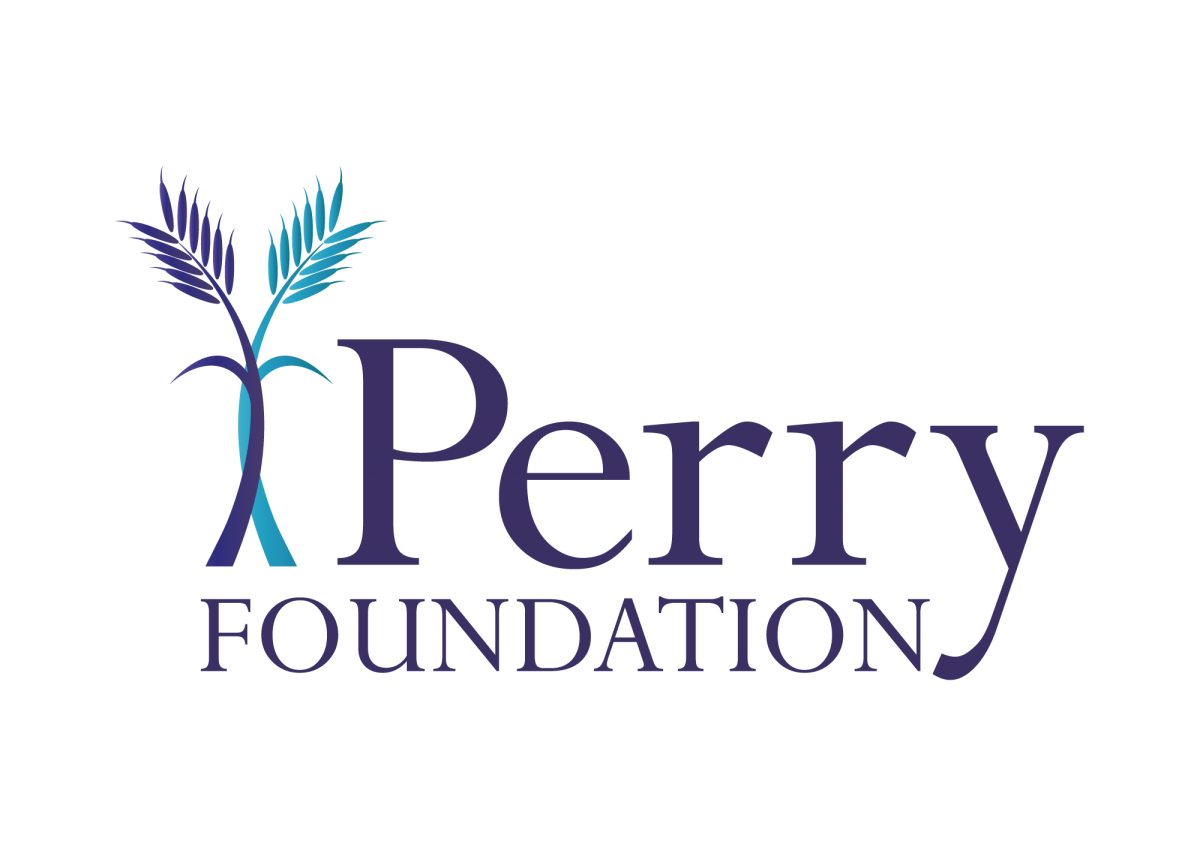The isolation and identification of feeding stimulants within honey bee pollens
Richard Bridgett - Keele University
Numbers of honey bees have fallen sharply over recent years across Europe and North America. As much as 33% of all our food could be derived from primarily bee pollinated crops. This could be equivalent to £140bn worth of global agricultural produce annually. One theory for the decline is that colony strength is reduced over the winter period, resulting in bees becoming more susceptible to disease and starvation. To combat this, beekeepers may feed high protein artificial/supplemental diets to colonies to increase nutrient diversity and stimulate brood production. Unfortunately, bees are often reluctant to feed on these unless some pollen is mixed in.
It is believed that pollens contain naturally occurring feeding stimulants which increase bee feeding. The addition of pollen to diets carries additional risks to bees, and so identifying phagostimulants could contribute to the production of palatable artificial diets. These would allow beekeepers to strengthen colonies more safely.

